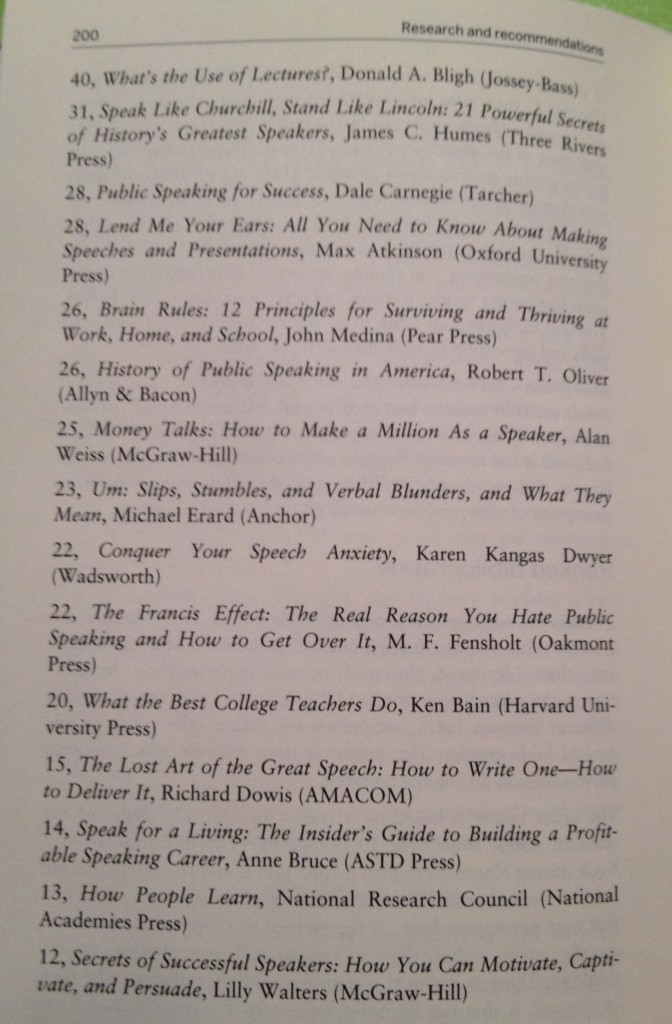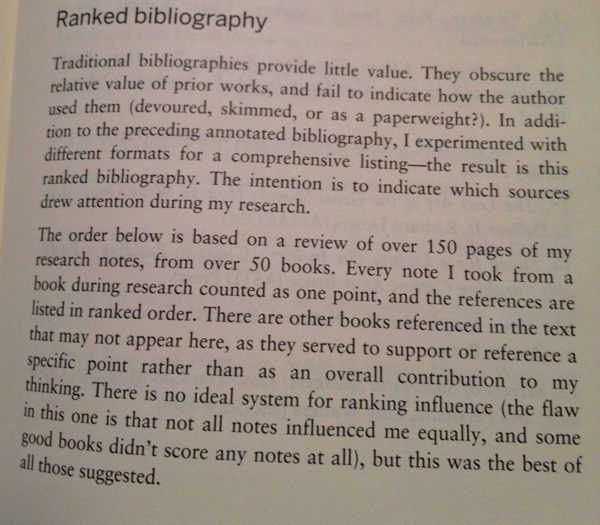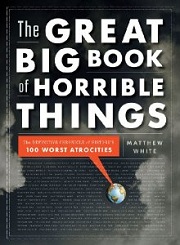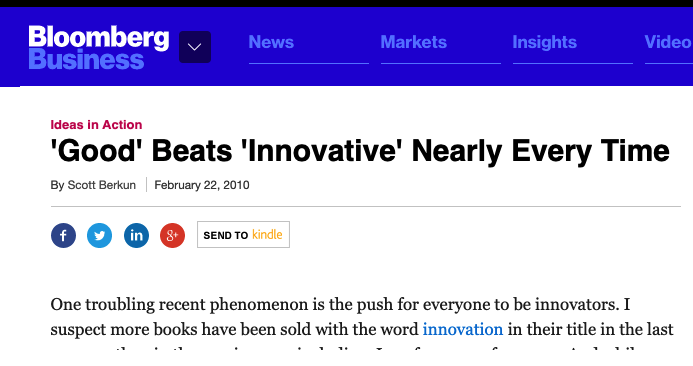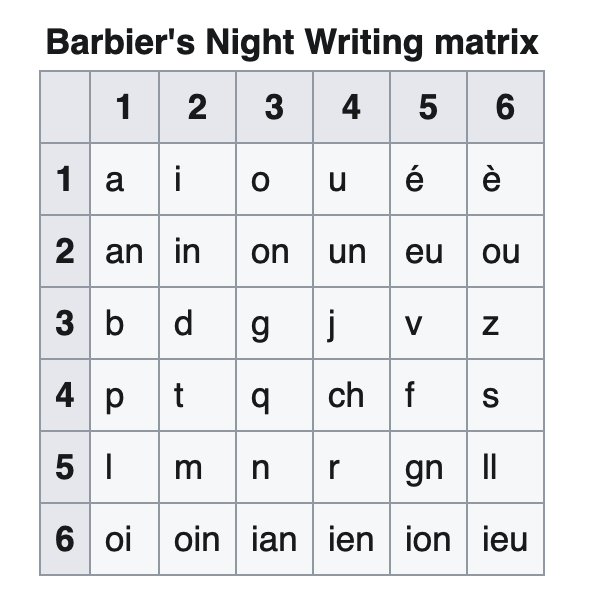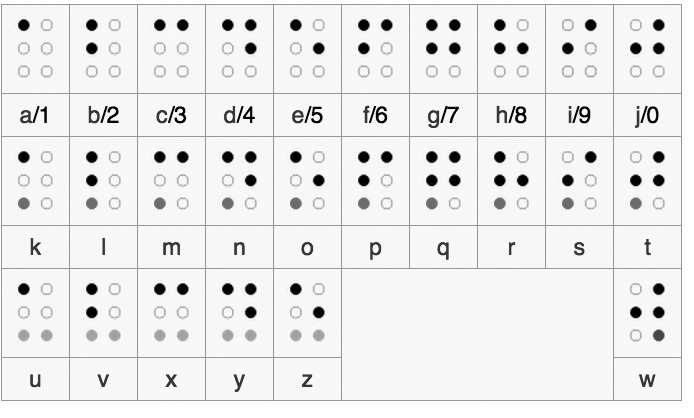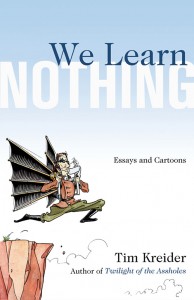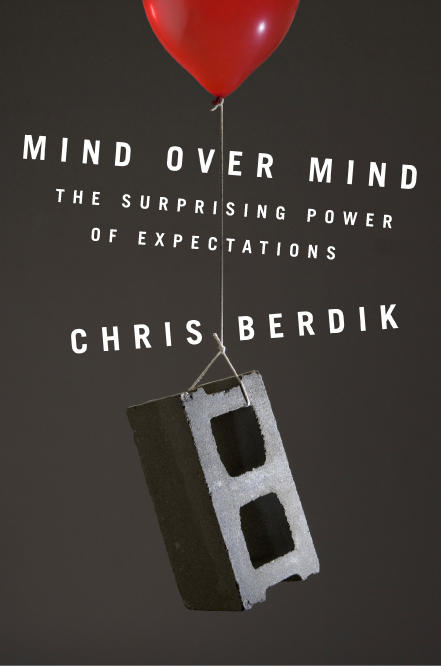Success in the majority of circumstances depends on knowing how long it takes to succeed. » Montesquieu
I’m sure you have an amazing idea for a book. I’m proud of you. Now please put that idea aside and pay attention:
- Pick up any book
- Flip through its pages
- It took hundreds of hours to make that book (e.g. 10 hours x 50 weeks = 500 hours)
- The big question: Do you love your idea enough to put in 500 hours? 700? 1000? more?
If YES, skip to the next list.
If NO, stop obsessing about ideas for books. Having an idea is easy. If you, the person who came up with the idea, won’t put in the time, odds are no one else will. There are infinitely more good ideas for books, movies, companies and everything else than people willing to put in the effort. I think you should put in the time, but it’s up to you.
How an idea becomes a book
There are only two ways an idea becomes a book: time and money. Someone has to decide to put time and/or money into making a book. Self publishing is easier than ever today, but it means you will have to invest the time required to publish the book. Many writers prefer to partner with a publisher to trade royalties for doing some of the work, but to get a publisher requires effort of its own.
If you want a publisher to publish your book:
- Publishers put money up front, authors don’t. Publishers pay for everything: the production costs, editorial costs, the author’s advance and more. They are investors and they look at books as possible investments. To ask a publisher to publish a book is to ask for an investor in your project.
- Publishers are businesses. They primarily care about profit. They don’t care about you or your idea and the judgements of your work are not personal.
- You are competing for a precious slot. Many people want to write books. Bring your A game to the process.
- Your idea will be evaluated on your book proposal. A book proposal is a 10-30 page pitch for the book (explained here).
- If you can’t write a decent book proposal, you can’t write a decent book. Seems fair.
If you are willing to publish the book yourself:
- You don’t need anyone’s permission. You have the power, right now, for very little money, to publish anything and sell it on Amazon or even in bookstores. It’s really very easy to publish books today (getting people to buy them is another matter).
- All you need to do is the work of writing the book.
There are good books about writing book outlines and proposals. Go read one. This is the beginning of the many hours you must put in. O’Reilly Media has an excellent summary of what they expect in a proposal.
Planning A Book
There is no one way to plan the book itself. The simplest way is to make an outline. An idea for a book by itself is vague as there are an infinite number of ways to write a book based on the same idea. What sections will the book have? What are the chapters? What is the one page (or 5 page) synopsis of the plot or major points? It’s useful to do research for books similar to the one you want to write and study them. They will sharpen your focus on what form you want your idea to take, possibilities for how to structure your book and more. (See also How To Start Writing A book).
Common questions
Q: Can I skip writing a book proposal?
No. Unless you are Lady Gaga, Bono or your Mom owns a book publishing company and she still likes you. Of course if you self publish you’re free to skip this step too (though writing it anyway is a great way to force yourself to think hard about what you’re getting into). A book proposal includes an outline for the entire book and writing an outline can be more difficult than writing the book itself. An outline forces you to think broadly about what will be in the book and what won’t. This takes time and thought.
Q: But won’t someone steal my amazing idea?
No. Ideas are cheap and editors/agents see hundreds of them every week. They have no motivation to steal your idea. Even if your idea is amazing someone still has to put in a year or more of effort, and as this essay explained at the beginning, that commitment is far harder to obtain than a great idea. Agents and editors rarely write books – that’s why they became agents and editors.
Q: What about self publishing?
Self publishing is awesome. I highly recommend it. If you really love your idea nothing can stop you from publishing. This is AMAZING. People buy books based on reviews, not because of the publisher’s name on the spine. The rub is you are on your own. A publisher can improve your book idea in many ways, and help you with every step of the process. If you self publish you must conceive, write, edit, design, market, proofread and promote the book all on your own, or be able to find and hire people to help you. This is liberating if you are willing to put in the additional time and like to learn. It’s a nightmare if your network is small, you’re not a good project manager and you fear the unknown.
Q: Is the proposal a formality? [new question]
Book proposals help the author tremendously. They force the author to get out of their dreamy stupor about their idea and think hard about the many elements that make an actual book. What are the chapters? What research do you need to do? What books are out there that are in the same category? How will yours be better? Many authors find writing the proposal a harder challenge than writing the book, since after writing a solid proposal many of the hard decisions have already been made.
Q: Do I need to write the book first?
No, unless you are writing fiction. This is a surprise to most. The majority of non-fiction book deals are signed based on 3 things: a proposal, an outline and a sample chapter. Publishers of non-fiction believe if you can do those three things well, you can write a decent book. The vast majority of people with book ideas fail at those three simple tasks.
Q: Do I need to write an outline?
Yes. If you can’t think of a list of chapters ideas that fills two pages, what makes you insane enough to think you can come up with a 250 page book’s worth of material? One trick is to start an outline, as sparse as it is, and add to it whenever you get another idea. Little by little you may just build something awesome. Or you might just realize the idea for the book is better than the reality of the book (haven’t you read books like this?).
Q: Do I need to write a sample chapter?
Hell yes. Books are made of chapters. Have you written a chapter before? It’s wise to try it out before you sign on the dotted line to write 10 or 50 of them.
Q: I’ve tried writing, but I get stuck. Is there a trick?
No. Here’s why you are failing at writing.
Q: Shouldn’t I just get an agent?
The first thing an agent will ask is “send me your proposal.” There is no escape! Agents are busy people: you will get one shot at their interest. Contact them when you are ready, not before. Have the finished, polished proposal before you start looking around.
An agent will take 10-20% of your possible revenue for a book. In return they will guide you through the process, they will pitch your book to their network of editors and publishers, and help you negotiate for the best deal. If these services are worth 10-20% of the financial reward of the book to you, then hire one. If you think you can do those things well yourself and you have the time to do it, then don’t.
Q: How do I make sure I don’t get screwed?
Writing a book is entrepreneurial. Working with a publisher is a business deal. All business deals have risks. Working with an agent increases how much experience is on your side, but even an agent can let you down. But most of the horror stories I hear are from authors who didn’t carefully read the contracts, didn’t do the legwork to pitch the book to multiple publishers and allowed their hubris to get in their way.
The Authors Guild, which I recommend joining, is an advocacy group for writers. They offer this excellent advice on book contracts and how to negotiate them.
Q: When the proposal is finished what do I do with it?
If your book is about something you are an expert in, start with your network. Ask colleagues who have published books to pass your proposal on to their editors. Look at books similar to the one you are proposing and read the acknowledgements. You’ll always find mention of the agent and editor who worked on the book. Some research will reveal how to get in touch with them. Many smaller, industry specific publishers have proposal submission details on their websites.
Q: What about fiction?
Fiction is harder to find a publisher for than non-fiction. A non-fiction book is marketed largely on your credentials. If you are an accountant writing about tax tricks, a publisher knows they can market you as an expert on the topic. Fiction has no experts. The market for novels is more competitive and marketing is more difficult. Most fiction agents and publishers demand a complete manuscript, and a short synopsis, before they’ll talk to you, for good reason.
Questions? Leave a comment.
[Note: edited estimate of hours in first numbered list 2/20/2014]


